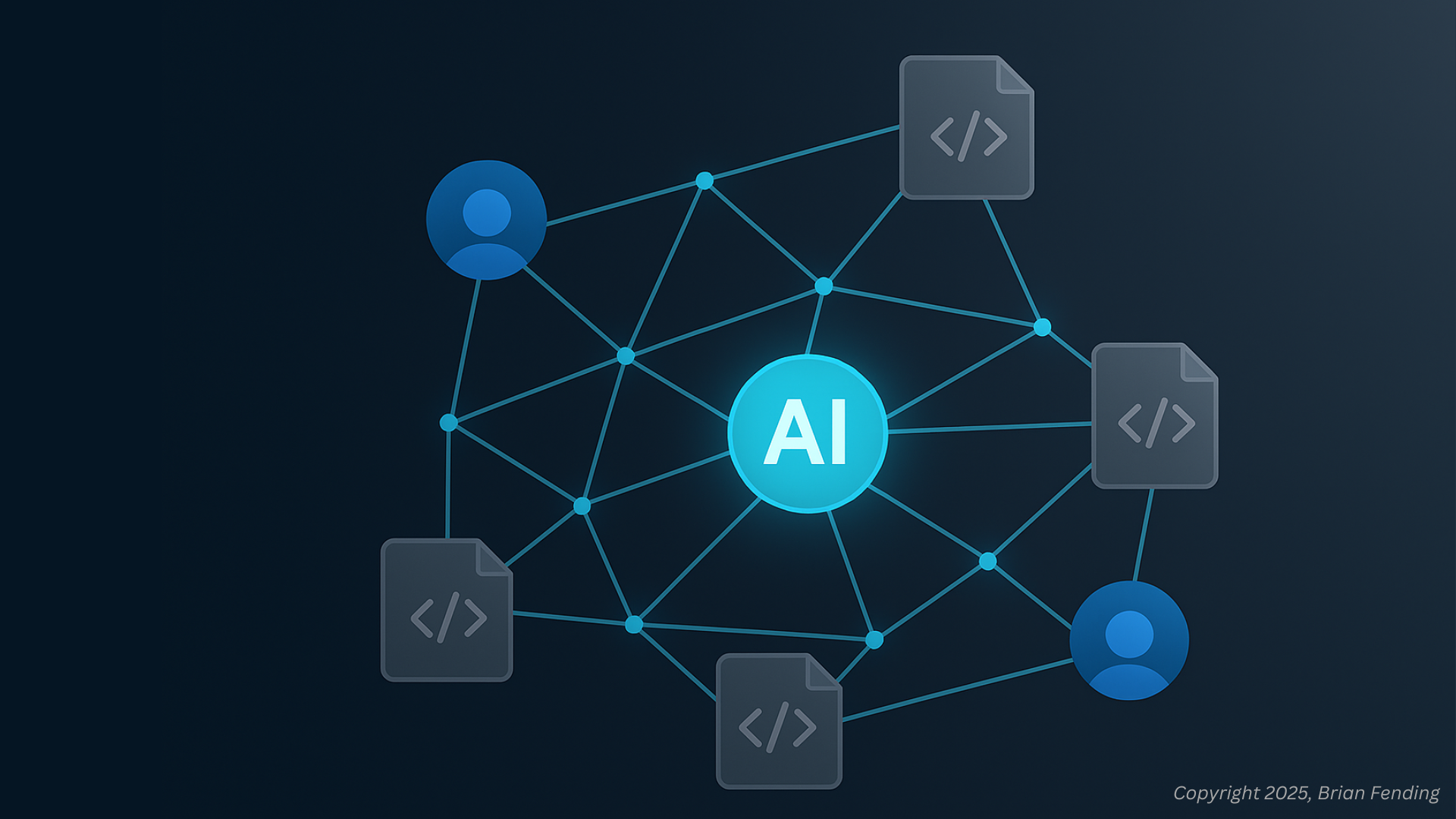Software development team structures are undergoing their most significant transformation since the advent of agile methodologies. When a single developer with AI assistance can produce what previously required an entire squad, traditional team topologies need fundamental rethinking.
Two distinct approaches to AI-augmented development are emerging: a single file approach that centralizes all context in one discoverable location that plays nice with autonomous AI agents, and the context directory approach that distributes knowledge across specialized documents. Each serves different organizational needs and project complexities.
But the real revolution isn't just about organizing documentation, it's about breaking down the traditional "PRD wall" between Product Vision and development implementation. Both approaches enable something unprecedented: embedding Product Vision directly into development context, allowing AI agents and developers to validate against original user needs rather than translated requirements. The choice between approaches depends on whether you're optimizing for immediate AI effectiveness or long-term organizational sophistication. The most successful teams are finding hybrid strategies that serve both autonomous AI agents and complex human collaboration needs.
Understanding these emerging patterns will help you to better position your organization for the fundamental shift in how Product Vision flows through development teams.
